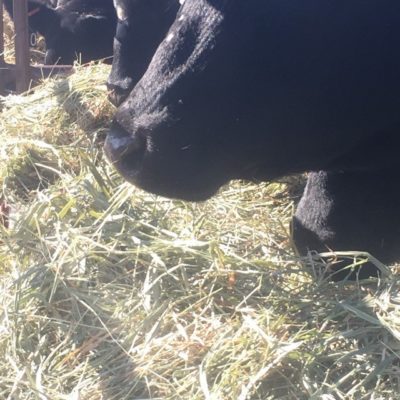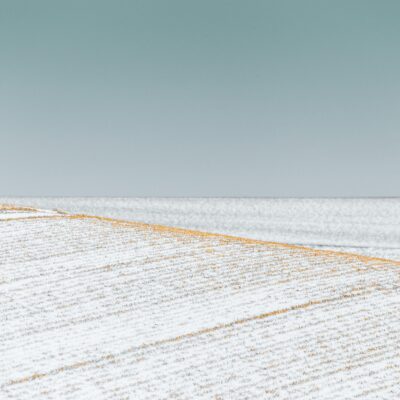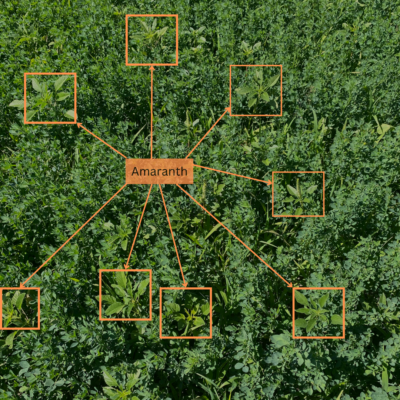Grandpa always said he cut the best hay under a full moon.
said a hay customer during a report consultation.
This customer was not the first this year who was disappointed in her forage quality. Another gentlemen stated, “I was so on the ball this year, up and cutting by 9am!” I certainly feel for those hay producers who are organized to make hay as soon as the sun starts shining and then their report shows low Relative Feed Value (RFV) and Relative Forage Quality(RFQ). After all, the saying is, “Make hay while the sun is shining!”
There is a seed of wisdom in making hay in the moonlight
Well, maybe the saying should be, “Make hay while the moon is full.” When I paused to think about her grandfather’s advice, it made sense to me. In dry climates, the best time to cut is evening into the night. This is because the plant accumulates sugars throughout the day and typically uses these sugars through the night. Therefore, cutting in the morning would result in low sugar high fiber hay. Cutting forage at night would result in high sugar low fiber hay. Her grandfather likely farmed prior to the addition of headlights to farm equipment. He likely had vivid memory of cutting hay in the full moonlight when it was easy to see at night. So, cutting hay under a full moon resulted in high quality hay.
While she disregarded his advice as being superstitious relying on the cycles of the moon, it was really logical and due to the timing of cutting forage for hay. Which lead me to consider, what other seemingly superstitious advice from older generations have been dismissed?
Dr. Ray Ward’s Advice
I recently had a conversation with Dr. Ray Ward about using mineral analysis by NIRS. My experience in reviewing reports showed me those small molecules were too variable when analyzed by NIRS as opposed to wet chemistry (ICP-OES) methods. As it turned out, Dr. Ray Ward had given a presentation at a professional meeting about how NIRS can not be used for plant analysis of small molecules. So, my new understanding was something he had already concluded. Years before my time here at Ward Laboratories, Dr. Ray Ward had already been making these discoveries and ironing out the best methods for our laboratory. Much like your grandparents on each of your operations.
So, my challenge to you is to uncover the kernels of insight hidden under seemingly superstitious advice from our older generations. Rather than just saying “that’s how grandpa always did it”, find out why that worked for him then determine what will work best for you and the operation in it’s current state.
One thing you can rely on is that Ward Laboratories Inc. will be here to provide the data and resources to help you uncover and implement those insights.




